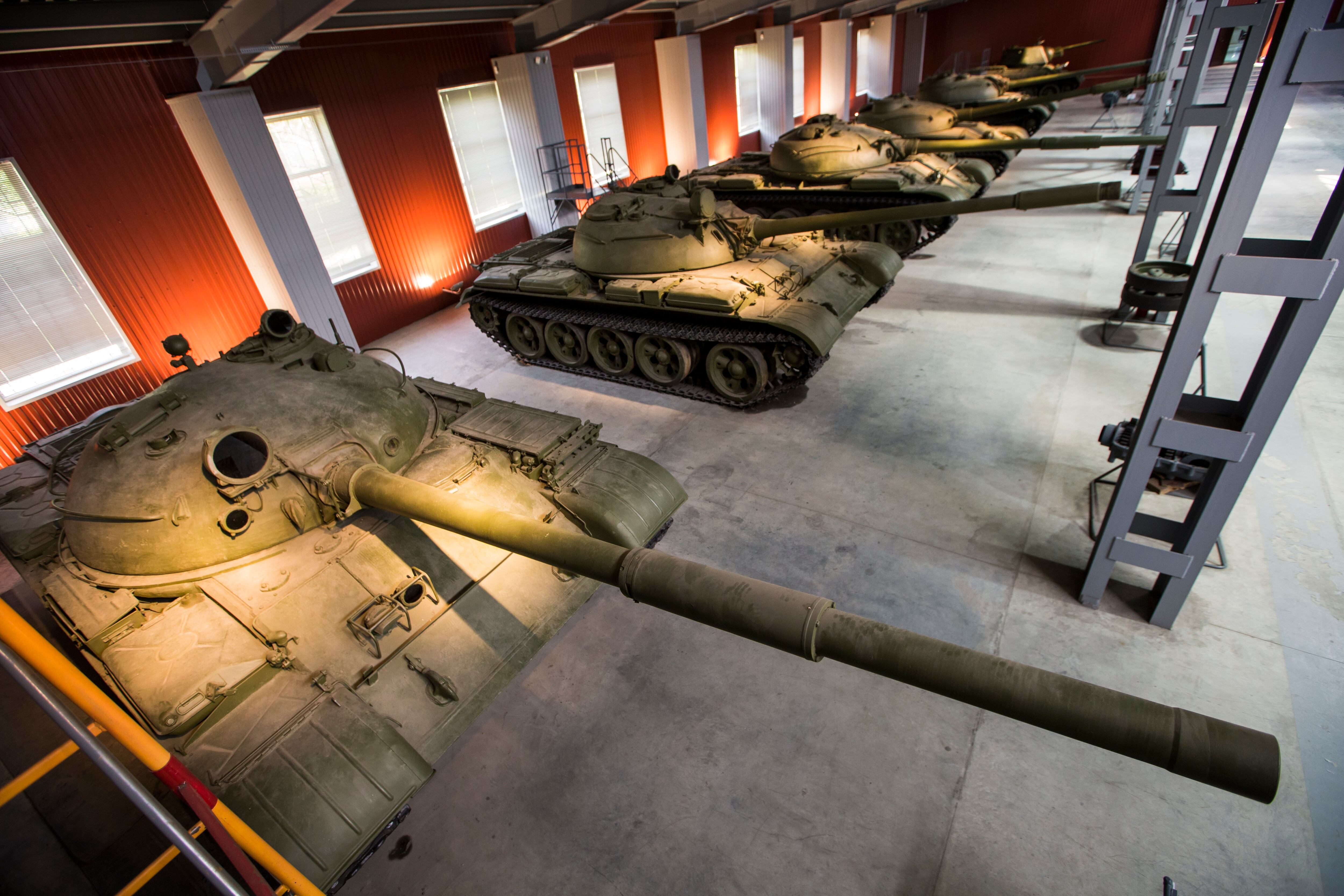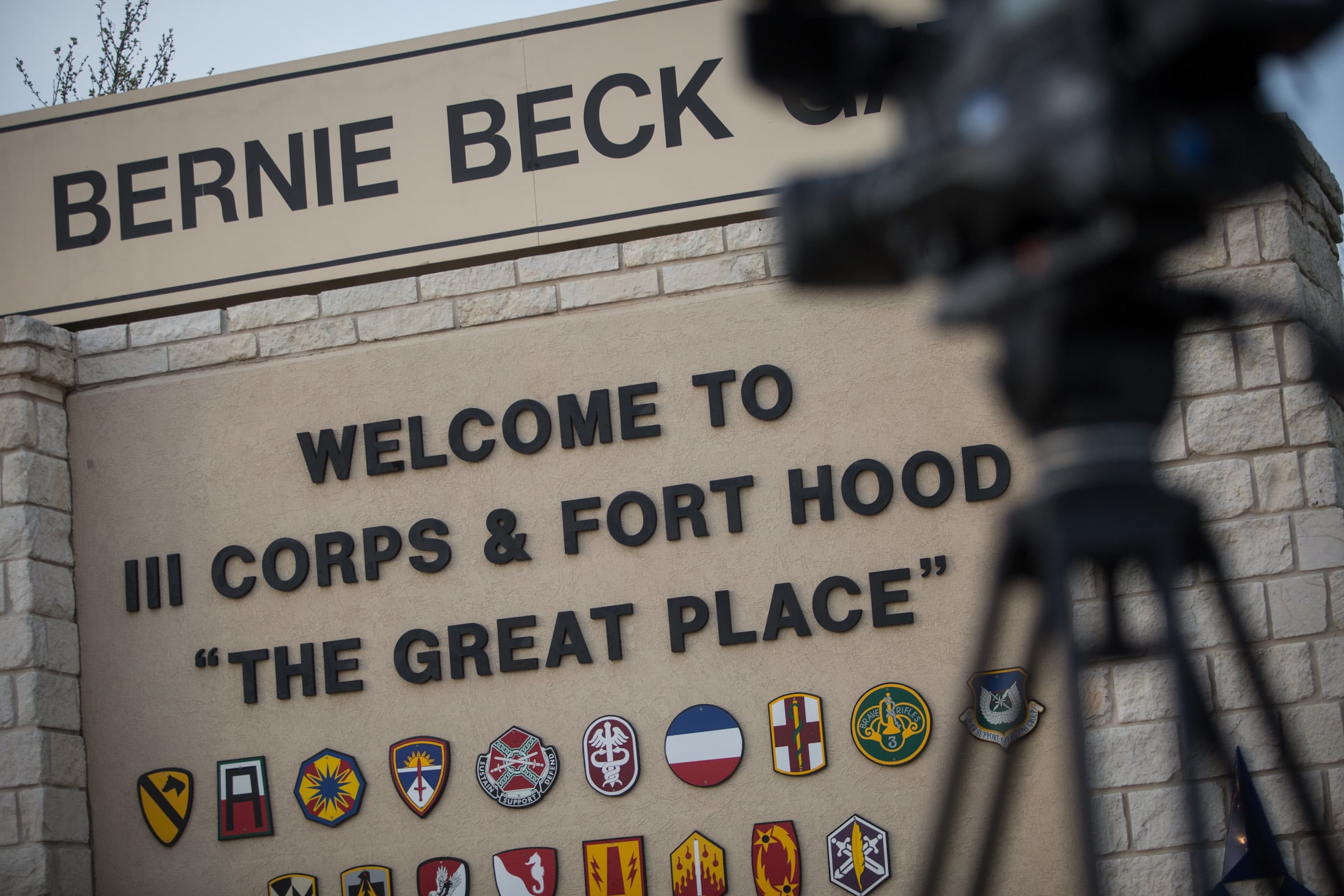NIZHNY TAGIL, Russia — It has a remote-controlled turret, it bristles with state-of-the-art defense systems and its computerized controls make driving it feel "like playing a video game." Russia's Armata tank, which its creator says can be turned into a fully robotic combat vehicle, is the crowning glory of a sweeping military modernization drive that is rumbling forward amid a perilous confrontation with the West over Ukraine.
But President Vladimir Putin's expensive arms build-up faces major hurdles as Russia's economy sinks under the weight of Western sanctions and falling oil prices. The 22-trillion ruble (about $400-billion) program, which envisages the acquisition of 2,300 new tanks, hundreds of aircraft and missiles and dozens of navy ships, was conceived back at the time when Russia's coffers were brimming with petrodollars.
Putin vowed that the military upgrade would go ahead as planned, and this year's military budget rose by 33 percent to about 3.3 trillion rubles (nearly $60 billion). Some observers predict that the Kremlin will inevitably have to scale down the plans amid a grinding recession.
In one of the first harbingers of the possible curtailment of new arms procurement, a deputy defense minister said earlier this year that the air force will likely reduce its order for the T-50, a costly state-of-the art fighter jet developed for two decades to counter the U.S. Raptor.

In this photo taken on May 29, 2015, a line-up of Soviet-era tanks is displayed at a museum of the UralVagonZavod plant in the Ural's city of Nizhniy Tagil, Russia. The giant UralVagonZavod is one of the biggest industrial plants in the world, has been the main manufacturer of tanks for the Soviet and then Russian military since World War II.
Photo Credit: Alexander Zemlianichenko/AP
Another problem is also hampering the modernization drive: The sanctions include a ban on the sale of military technology to Russia. Nick de Larrinaga, Europe Editor for IHS Jane's Defence Weekly, predicted that Russia would find it hard to replace Western military know-how.
"They have been relying on Western sub-systems, electro-optical systems is a good example, but also computer chips and things like that, which Russia doesn't make," he said. "How Russia goes about trying to replace these systems is going to be a really big challenge."
The rupture of military ties with Ukraine dealt another heavy blow to Putin's re-armament effort. Ukrainian factories had exported a wide array of weapons and sub-systems to Russia, and officials acknowledged that it would take years and massive resources to launch production of their equivalent at home. Since Soviet times, Ukraine specialized in building helicopter engines, and Putin said that Russia was setting up a capacity to produce them at home.
It could be even more challenging to substitute another Ukrainian product, ship turbines. Its refusal to deliver them has derailed the commissioning of new Russian navy ships.
Last month, the Armata starred in the Victory Day parade on Red Square, becoming an emblem of the country's resurgent military power. Dmitry Rogozin, a deputy prime minister in charge of weapons modernization, likened Russia to a "big Armata" and claimed that the new tank is 15-20 years ahead of the current Western designs.
Speaking in a recent live TV talk show, Rogozin also used armor as a symbol to issue a bold threat to the West — showing how military hardware can also be a powerful weapon in the Kremlin's propaganda war.
"Tanks don't need visas!" Rogozin declared, in a reference to Western travel bans and economic sanctions against Russia. Amid the tensions with the West, Putin emphasized the need for the nation's defense industries to quickly shed their dependence on imported components.
The Armata's price hasn't been announced, but some observers speculated that the new tank could be as expensive as a fighter jet, too heavy a burden for the struggling economy. There are no reliable cost estimates of the tank.
The tank's chief designer, Andrei Terlikov, 52, shrugged off such claims, saying that the Armata's price will drop significantly once it enters full-scale production. "In the end, the price of those machines will be affordable," Terlikov told The Associated Press in his first interview with foreign media.
Speaking at his office at the mammoth UralVagonZavod factory in the Ural Mountains, one of the biggest industrial plants in the world, Terlikov described the Armata as a "decisive step toward more advanced unmanned machines, including those which could operate autonomously in combat."
He emphasized that the Armata uses only domestically produced parts. "From the very start, we have set the task to rely on our own resources," he said.
Viktor Murakhovsky, a retired Russian army colonel who is now the editor of the Arsenal Otechestva military magazine, said the Armata's advantages come at a price — but that eventually it may pay for itself.
"The Armata is significantly more expensive than the current models," he said. "But it far excels all Russian and foreign tanks on the cost-efficiency basis."
The Armata marks a radical departure from the traditional Soviet and Russian tank design philosophy. Unlike its predecessors, which had a compact build and low silhouette for nimble maneuvering, the Armata was designed to make crew protection the main focus.
"There is nothing more important today than crewmembers' lives," Terlikov said.
Terlikov's deputy, 35-year old Ilya Demchenko, said that the onboard computer system performs most of the technical functions, allowing the crew to focus on key tasks. "For the crew, it's like playing a video game, taking some final moves and making decisions," he said.
De Larrinaga agreed that the Armata represented a technological advance for Russia.
"The crew has a much better chance of surviving if the tank is destroyed," de Larrinaga said. "If you look at old Russian tank designs, they had a habit of blowing up quite spectacularly with pretty poor chances for crew survivability."





